In the 90s, a new generation of younger filmmakers were making their most renowned works either in or out of the major Hollywood studios. Their body of works took chances, expanded their scope, and experimented with new ideas on what movies should be. But that all ended in the turn of the new millennium when the studios began hyping smaller films with awards hype and Oscar potential. Let’s examine the rise and fall of the 90s indie film boom.
How It All Began?
The 90s indie boom was Generation X's answer to the New Hollywood movement of the late 60s and 70s, when a new generation of directors have gained power and made their most renowned works year after year. But in the late 70s and early 80s, George Lucas and Steven Spielberg have created the summer blockbuster trend with Jaws, Star Wars, and Raiders of the Lost Ark, while remaining director-driven Hollywood films like Heaven's Gate and One from the Heart turned out to costly box office bombs. As a result, the major studios regained control, and concentrated on selling high concept, crowd pleasing blockbusters. This also meant making endless sequels, planting the seeds of Hollywood's current obsession with franchises.
Many critics and film historians have considered the 80s to be the worst decade for American movies because of this, but amidst of all of Hollywood's hunger for the opening weekend, there's a smaller window for other types of movies and directors like The Coen Brothers, David Lynch, John Sayles, John Singleton, Spike Lee, Oliver Stone, Gus Van Sant, Richard Linklater, and Jim Jarmusch have rose to prominence in the late 80s and early 90s.
The turning point of independent cinema came in August 1989 with the release of Steven Soderberg's directorial debut, Sex, Lies, and Videotape. Released in a summer season dominated by sequels and Tim Burton's Batman, Sex, Lies, and Videotape was a critical and commercial success, made Miramax (which was in its tenth year) a prominent distributor for smaller films, and gained Robert Redford's Sundance Film Festival widespread media attention. All of this has led to the indie revolution of the 90s.
How It Expanded In The 90s (And How It Fell)
In the 90s, the big six major studios were Warner Bros, Disney, Universal, Paramount, Sony (which purchased Columbia/TriStar Pictures in 1989), and 20th Century Fox, and they continue to make crowd pleasing blockbusters. But what changed is that the major studios have created their subsidiaries (Sony Pictures Classics, Fox Searchlight Pictures, and Gramercy Pictures) specializing in indies and foreign films while smaller companies like Miramax, Trimark, PolyGram, Artisan, October Films, NewMarket Films, and IFC Films were distributing niche titles.
Part of what drew to the arriving interest in indies in the 90s were films like Quentin Tarantino's Reservoir Dogs, Neil Jordon's The Crying Game, and Robert Rodriguez's El Mariachi, proving that smaller films can be more than just highbrow, arthouse cinema.
Then in 1994, Tarantino took independent cinema to the next level with the release of Pulp Fiction. It was financed by Miramax, which was acquired by Disney in 1993 and it was the first movie to be greenlit after the acquisition, so it's debatable if it's a genuine indie. But the movie is made in the spirit of an indie and it costs $8 million to make. That's less money than most mainstream movies at that time, but it paid off excellently. Pulp Fiction opened to critical acclaim for Tarantino's unique storytelling, awards hype, and it grossed over $200 million, making it one the first low/mid budget films to make 9 figures at the box office.
It could be argued that the success of Pulp Fiction helped turned independent films into a full fledged phenomenon in the mid and late 90s and more rising directors have emerged like Paul Thomas Anderson, Darren Aronofsky, David O Russel, Ang Lee, Atom Egoyan, Spike Jonze, Sofia Coppola, The Wachowskis, Wes Anderson, Alexander Payne, Todd Solondz, David Gordon Green, Christopher Nolan, Neil LaBute, Noah Baumbach, and Kevin Smith. Many of these directors went on to have successful careers in the years to come and their works have acclaimed by critics, audiences, and the awards circuit. But of course, nothing lasts forever.

The spirit of the 90s indie film movement have gradually died out thanks to Oscar campaigns from Miramax co-founder Harvey Weinstein. First The English Patient won over Fargo, then, most infamously, Shakespeare in Love won over Saving Private Ryan. Even though they were financed by Miramax, they're not really indie films. Both movies have been development hell for years from the major studios and cost more money than Sex Lies and Videotape and Pulp Fiction combined.
As a result of both victories, the 90s indie boom is coming to an end. Though the Weinstein brothers moved away from Miramax to form The Weinstein Company in 2005, Harvey became increasingly obsessed with his awards lust. This does not sound like an artistic goal for producing films. And even before his criminal misconduct and sexual abuse allegations (which led to the MeToo movement in the late 2010s), he became notorious with meddling in the editing room and clashing with directors, which is the same kind of studio interference promising filmmakers are trying to avoid.
On top of that, the indie subsidiaries of the major studios like Fox Searchlight Pictures, Universal's Focus Features (formerly Gramercy), and Sony Pictures Classics have been releasing critically acclaimed, mainstream titles with awards hype (Brokeback Mountain, No Country For Old Men, Birdman, Little Miss Sunshine, Sideways, Slumdog Millionaire, and dozens more) while most genuine indie companies were forced to pack up and move out. By the turn of the new millennium, the 90s indie film movement has officially ended, spiritually speaking.
Aftermath (Hollywood's Increasing Blockbuster Mentality)
After the 90s indie boom fizzled out, the major studios started focusing on blockbusters and franchises again, while many directors associated with the indie film movement went on to direct mainstream awards contenders and popular hits. At the same time, most of today's indie filmmakers either sign up to do a big budget franchise movie or sell their smaller films to streaming platforms like Apple tv, Netflix, and Hulu.
Today, film companies like A24 and Neon have helped keep the indie spirit alive by producing art driven films made by younger filmmakers for younger audiences who want to go far beyond conventional Hollywood fare. But the market is still dominated by blockbusters and franchises, as evidenced by the successes of the Marvel Cinematic Universe and the recent Star Wars films.
In late 2019, Martin Scorsese has dismissed Marvel films as "not cinema" and compared them to amusement park rides, fearing that big budget superhero movies might crowd out smaller films. After receiving backlash from comic book fans, Scorsese further explains his point in an op-ed for the New York Times, stating that "Many of the elements that define cinema as I know it are there in Marvel pictures. What's not there is revelation, mystery, or genuine emotional danger. Nothing is at risk." He sees them as corporate products that are "market-researched, audience-tested, vetted, modified, revetted and remodified until they're ready for consumption."
With the increasing blockbuster mentality, smaller films going to streaming platforms, and the CO-VID pandemic affecting movie theaters, it would seem like the American cinema is at death's door, but with Oppenheimer and Barbie opening to critical acclaim and commercial success this past summer, only time would tell that another creative renaissance in Hollywood might actually happen.
Legacy
The 90s indie film movement remains influential to this day. It shows that quality movies can be made regardless of what it costs or what type of movie it is. It shows that smaller films can have universal themes audiences identify with. It shows that movies can be more that just escapist entertainment. Like the New Hollywood movement of the 1970s, the 90s indie explosion is a monument of creative experimentation, exploring new ideas, expanding their scope, and keeping up with the times.
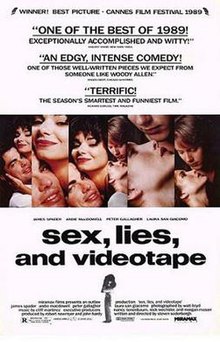

_poster.jpg)

.jpg/220px-Bonnie_and_Clyde_(1967_teaser_poster).jpg)

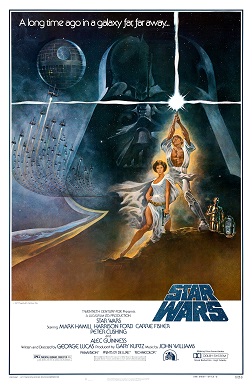
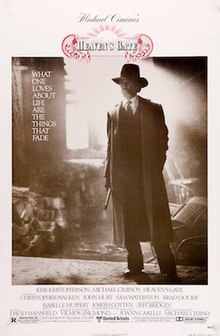


.jpg/200px-Ra's_al_Ghul_Henri_Ducard_(Liam_Neeson).jpg)
.jpg/150px-Michael_Caine_-_Viennale_2012_g_(cropped).jpg)

_theatrical_poster.png/220px-Ghostbusters_(1984)_theatrical_poster.png)
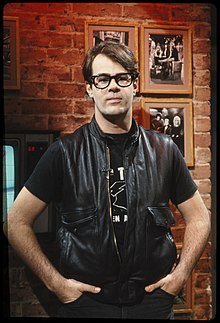

.jpg/170px-Labor_Day_20_(9766111984).jpg)

.jpg/250px-Peter_Venkman_(Bill_Murray).jpg)
.jpg/220px-Ray_Stantz_(Dan_Aykroyd).jpg)

.jpg)
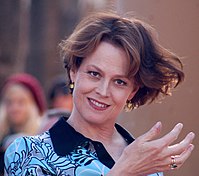

.jpg/220px-Annie_Potts%2C_2019_(T6I0YV6Az8c).jpg)

.png/250px-The_Ghost_Busters_-_1975_TV_series_(logo).png)


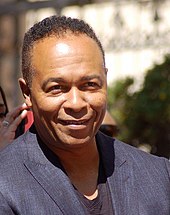
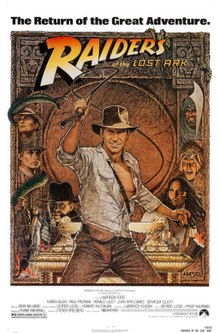



.jpg/250px-Paramount_Pictures_logo_(2010).jpg)



.svg/220px-Industrial_Light_%26_Magic_(logo).svg.png)


